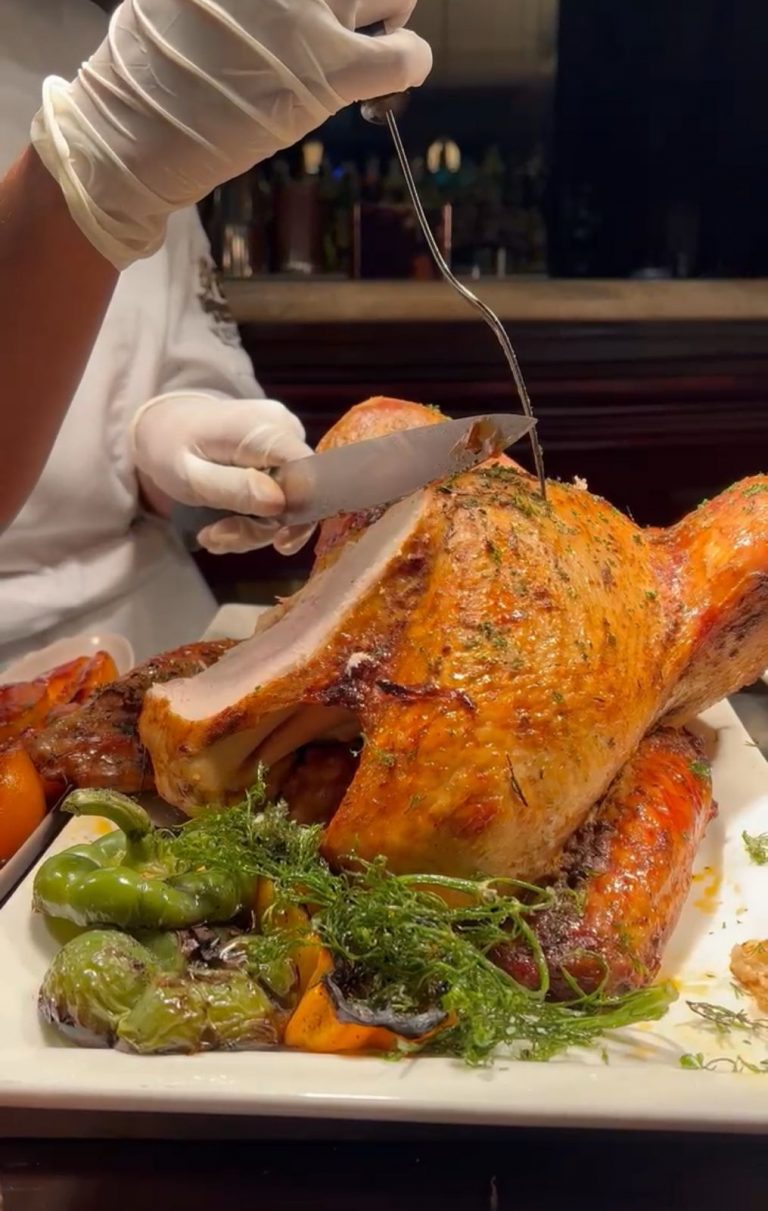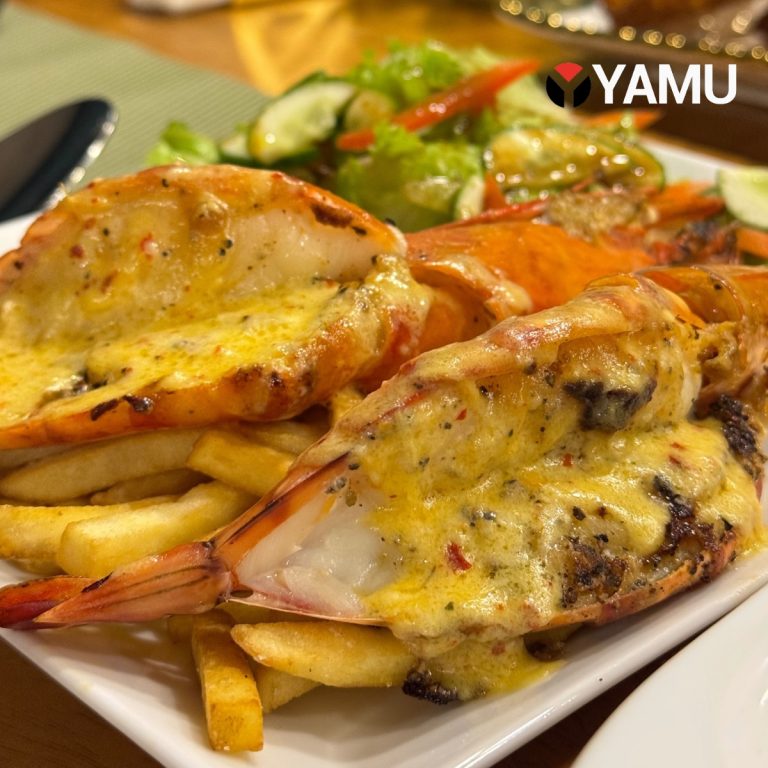The History
According to Mr Ray, there are many legends linked to how biryani came into being. One such popular story takes us all the way to the reign of Shah Jahan, the Mughal Emperor.
Photo credits: culturalindia.net
When Mumtaz Mahal, Shah Jahan's wife, visited the Mughal barracks, she noticed that the soldiers looked a bit undernourished. Therefore, she asked the chefs who cook for them to make a dish with meat and rice together, so they can be fed with a balanced diet. The chefs took this into consideration and decided to make an improved version of it by throwing some saffron and spices into the mix.
Another story states that the soldiers of Genghis Khan, the Emperor of the Mongol Empire, used to cook meats and rice together. The wars they fought in took them to many countries, including India so they took these recipes as they go on. Some say that it's Taimur, the Turk-Mongol conqueror is the one who was responsible for introducing biryani to India.
And there's the tale about Oon Soru too. Oon Soru is a rice-based dish infused with ghee, meat, turmeric, coriander, pepper and bay leaf which had arrived India through the Arab traders who frequently visited southern Malabar coast as early as the year 2 A.D.
Anyway, given that the word “biryani” comes from the Persian word “birian”, which translates into “fried before cooking,” Mr Ray strongly believes that it's the Persians who unveiled biriyani to this world. What a wonderful favour they've done, isn't it?
The taste of biryani was so enchanting, that it did spread throughout India so easily, through Nawabs and Nizams. That's why there are many types of biryani all over India; from Hyderabadi to Malabar to Dindigul to Culcutta, which has different spices, twists and spins that are unique to each state and curated to suit different palates.
For example, the meats were quite expensive when biryani arrived in Culcutta. Therefore, they used curried up potato instead of meat, which is a tradition that they have been able to preserve even to this day.
As of now, there are 59 variations of biryani in India. Our biryani aficionado has had the opportunity to taste many of them, and out of them all, Hyderabadi one is his favourite.
Cooking Methods
"There could be 59 kinds of biriyani, but there are only 3 ways of cooking them," says Mr Ray. We Colombars are quite used to the word "Dum," because every restaurant that promises to serve Indian food in Colombo has a habit of (mis)using it. However, it's one of the 3 cooking methods available and it involves steaming the rice.
This is the Kacchi style Dum Chicken Biryani by The Biryani Restaurant. Kacchi is a technique that comes under cooking methods. In here, the rice, spices and meats are steam cooked together, instead of cooking the meat or rice separately.
The aim here is to create a balanced flavour profile of spicy and sweet with a bit of zest, by using the correct amounts of curd, lime, ghee, garam masala and other spices. According to Mr Ray, it's no easy task, but they (The Biriyani Restaurant) always start the process by marinating and laying the flat chicken at the bottom of the vessel, as per the traditional kacchi method. After which, spiced up water is boiled in a different pot, and once the rice is half cooked, it is layered onto the marinated chicken and is sealed with a flour dough layering allowing the biryani to cook in its own steam and aroma that surfaces from marinated chicken. The seal won't be broken until the biryani is ready to be served.
"As rice & curry people, Sri Lankans are keen on mixing and matching the elements on a plate. Sometimes they want to try the chicken with plain rice counterpart of the biryani before having it all together at once. Some prefer to try it with gravy and raita. That's why we adopted our own method of serving by creating a dome shape on the plate with well-spiced up masala flavoured rice on the bottom of the dome, followed by mild masala infused rice in the centre and white biriyani rice (from the same pot) is placed on top along with an egg. And the customers can choose to have it in a way that they like," Mr Ray explained how they infuse bits and bobs of Sri Lankan eating culture at his venture. He further mentioned that serving an egg with the biriyani is mandatory for Chicken and Mutton biriyanis. But, there are only a few places in India who practice the same.
*Mutton Dum Pakki Biryani at The Biryani Restaurant
The next method of cooking biryani would be Pakki. In here, meats and rice are cooked separately and placed as layers. The meats are cooked with a chockfull of spices, but without a scrap of curry in sight, allowing the meat to absorb all the spices to its core.
The Stock method is the other biryani cooking method, which is quite popular in the South Indian region; especially in Chennai and Dindigul. The meats are cooked first with a thin gravy, and the stock of it would be used to cook the rice.
Cooking Biryani; What's So Hard About It?
Despite being India's closest neighbour, cooking an authentic biryani here is Sri Lanka a task itself. For starters, finding the right long grain basmati is a bit tricky. "The oldest crops of basmati create the best biryani, and owing to that, here at The Biryani Restaurant we make sure to use a batch of rice that is at least 4 months old," we were told. "On the other hand, finding the correct ghee, cinnamon and cardamom isn't that easy either. Black cardamom in a biryani is simply amazing, but unfortunately, they're hard to locate in Sri Lanka, and even if we across them, they're very expensive. Using them would drastically increase the price of the biryani. And the generic cinnamon available at local supermarkets does not have that intense aroma that it should have."
Aside from that, the price of the meats is a concern as well, especially when it comes to Mutton. "Mutton in Sri Lanka is quite expensive and has a tough texture. Therefore, we tend to use mutton imported from Australia, which is surprisingly wallet-friendly, and tender to the bite."
How To Judge A Biryani?
"The taste of the biryani plays a massive role, but it all depends on the cooking methods and techniques that had been used to make the biryani. The biryani made using the Stock method has comparatively stickier rice than the other 2 styles. Kacchi and Pakki have fluffy rice and a grainy texture. Plus, the ingredients and its quantity that it had been infused with should be considered too, as different biryani takes inspiration from different states, so they have different mixtures of spices, aromatics and cooking equipment. If they can specify those 2 factors, then we can get into the flavour and smell, and then comment on the authenticity of it," Mr Ray explained.
Mr Ray's passion is biryani, and it can be clearly seen by the delicacies they craft up at The Biryani Restaurant. He absolutely enjoys travelling the country and world to discover the diversity of biryanis, while learning interesting and unique facts about them, and the amusing twists that can be put on them, which later he can try at his kitchen.
"So what are your future plans for The Biryani Restaurant?"; this was our last question to him. "Well, the people who are travelling all this way to Armour's Street to get a taste of our biryani always ask me why I'm not opening a branch in a more centralised location. I'm actually looking into it at the moment, so let's see within the next year or so." He seems quite hopeful and excited. We're too.













